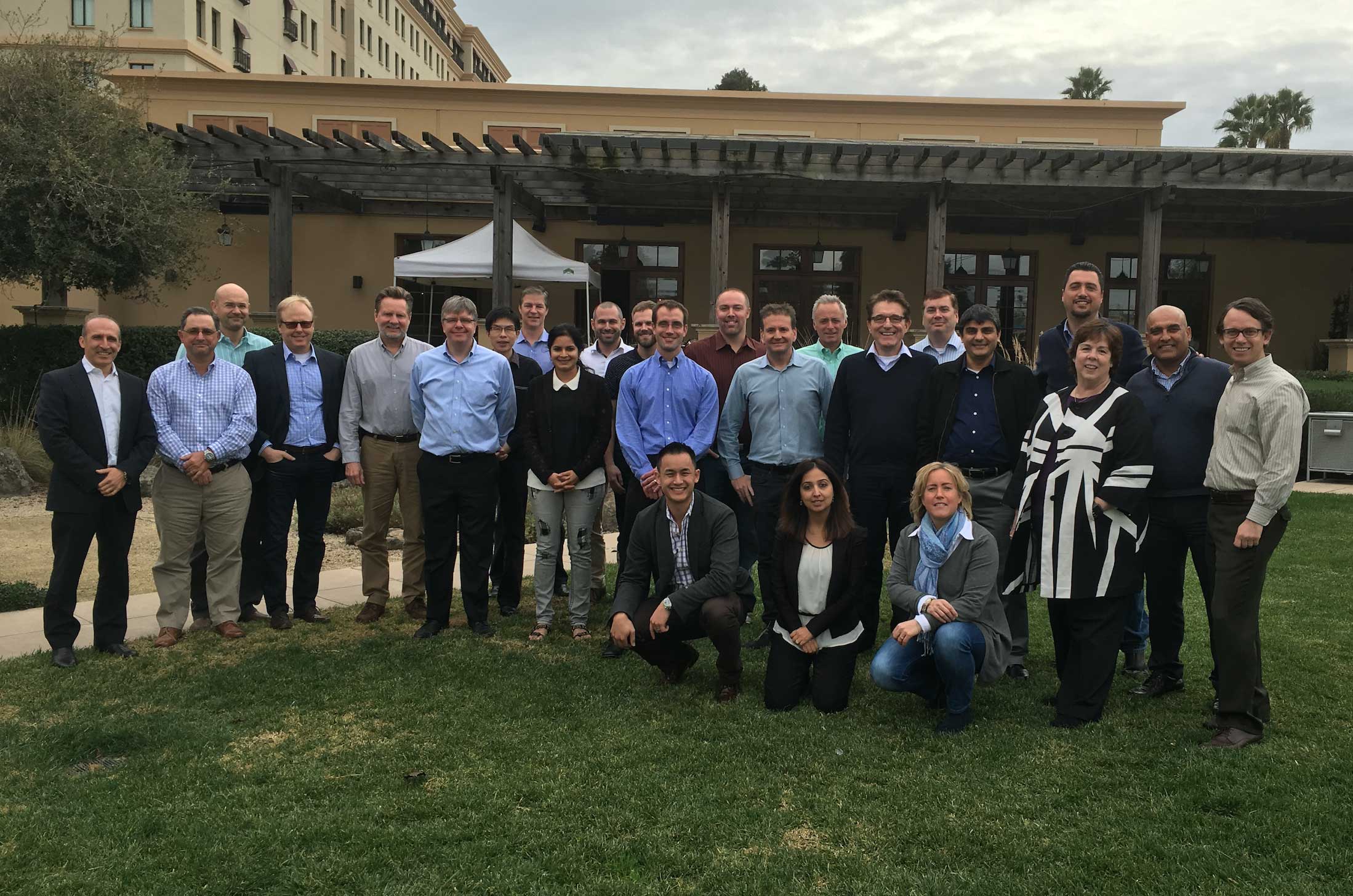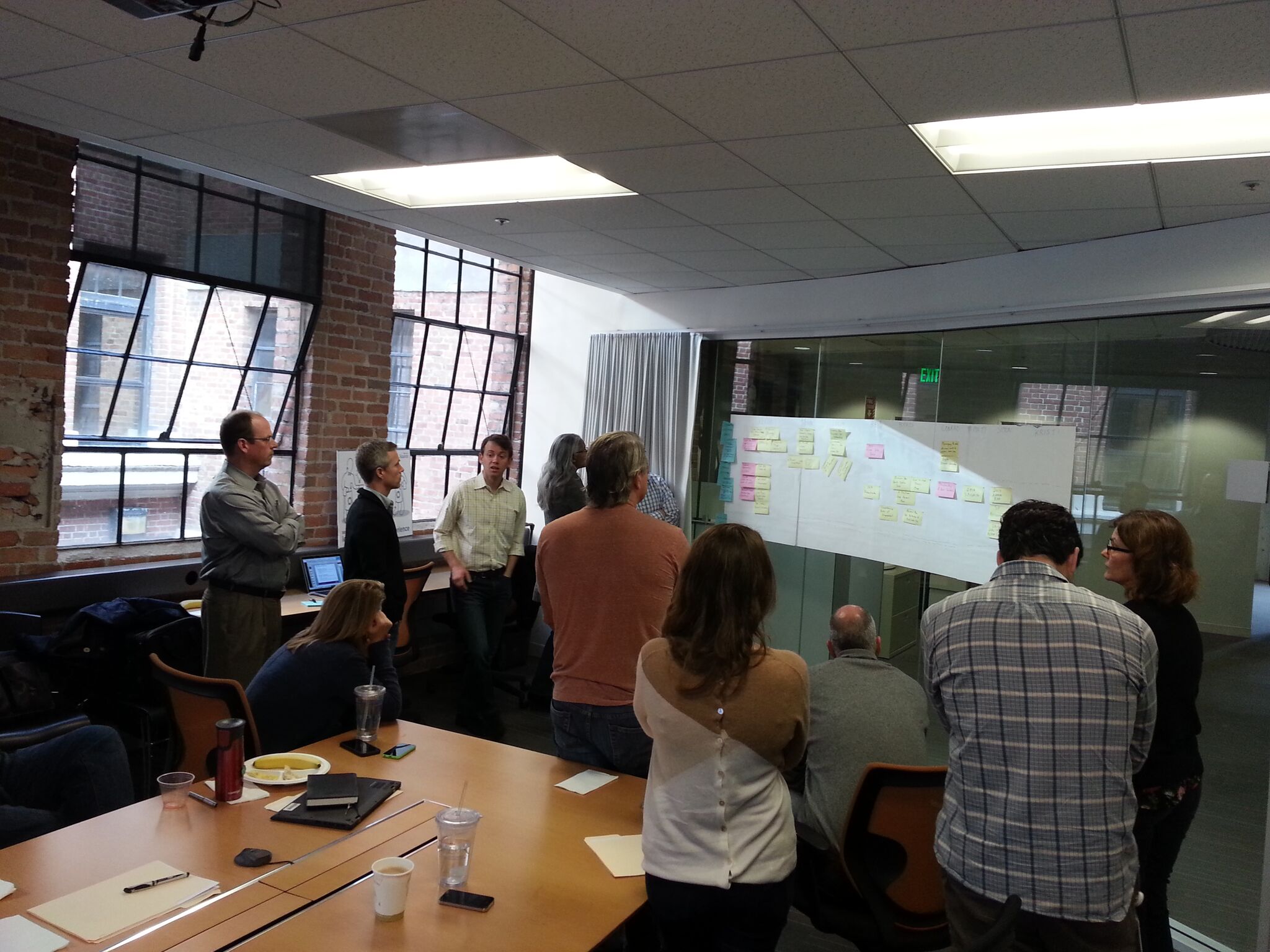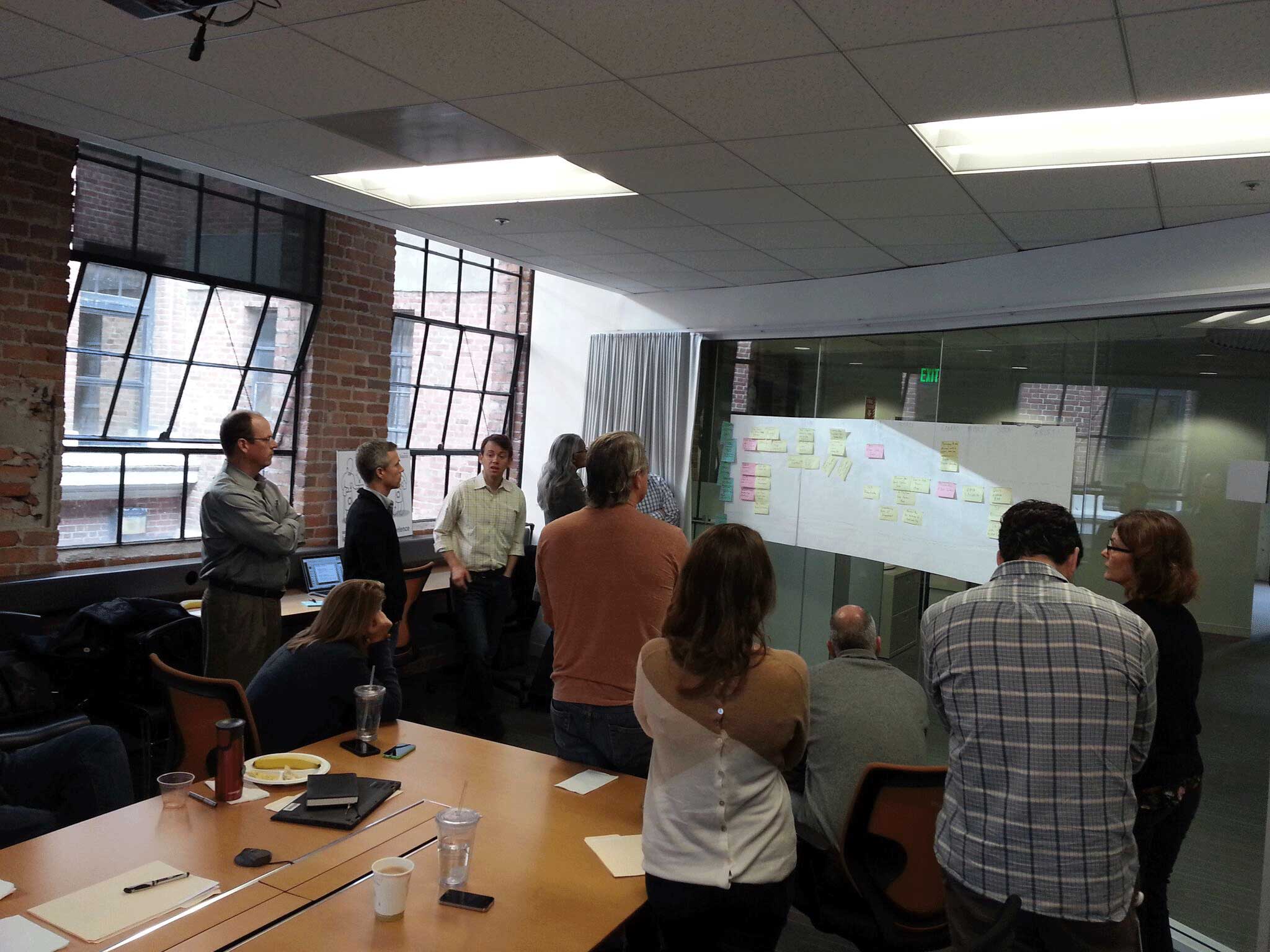

The term “strategic planning”, conjures up for many – in our 21st century context –a strict 5-year planning exercise – cumbersome, dense and all-too-often ineffectual shelf-ware.
Yet leaders more frequently than ever need to lock down on a new direction – a new service capability, a meaningful organizational change, or even a fundamental reinvention of the trajectory of a business.
The requirements for effectively delivering on that new direction are greater than ever.
Sure, the answer has to be right and the plan has to be sound. But think about change initiatives that you have witnessed in the past, announced with much fanfare and analytical research – that have ultimately under-delivered.
Frequently, the root cause has been:
- Poor definition of what it actually takes in your reality to execute;
- Lack of key stakeholder support;
- Ineffective mobilization of next-level leadership;
- Minimal thinking about the mindset and behavioral changes to really succeed; and
- Absence of structures to ensure that momentum is maintained.
If the pressure is on and you don’t think you have the wherewithal to get this all right with just you and your team – then you outsource to a consulting firm. The premise is that they will check those boxes, get the plan right, and align stakeholders with bullet-proof decks.
That model has its merits, but now more than ever, your team will need to own, drive and live in the new construct. That’s where we come in.
Our pedigree is deeply analytical –we’ve worked at those consulting firms – but our mindset is rooted in a belief in you and your people as the real subject matter experts.
We firmly adhere to the premise that with the right process and engagement, your team can arrive at the right answer, but through engagement your team will own it, know what to do to execute, maintain momentum and ultimately commit to the new state.
Together, we custom-design a process to carry you through from beginning to implementation. We marry expertise with engagement. We create leverage to accelerate closure and action, in a way that efficiently balances time investment from participants. And, we are relentless about “heads, hearts and hands” for strategies that are on point, actionable and genuinely owned by you.



Benefits
- A Better Answer: By tapping into the existing knowledge and perspectives of your team (various functions and altitudes), the resulting analysis includes both strategic interests and real-world practicalities. Participants can think ahead about what can go wrong and what they will do to ensure it won’t happen. Thinking about the “what” has the benefit of a better “how”, so the resulting strategy and implementation are more likely to be correct and actionable
- Stakeholder Support: By involving stakeholders in the process, and authentically seeking their input, the resulting plan is more likely to have support, as senior leaders can see their interests and recommendations represented. In fact, by bringing stakeholders “inside the tent”, you evoke a vested interest in success, as people like to see their guidance pay off. Finally, involvement prepares stakeholders for active support, to prepare their people for engagement in implementation
- Deep-Level Commitment: People are far more committed to a strategy that they actively shaped than when it was produced by others. As well, participation creates far deeper understanding than a PowerPoint cascade, and enables translation from theory to the specific part that they and the teams they lead play in bringing it to life
- Get the Soft-Stuff Right: Facilitated engagement creates an opportunity to ask and answer fundamental questions about leadership and teaming – in the context of the work to be done. People are called to step up, thinking through what is required from them personally and opportunities get created for addressing inter-personal issues BEFORE they show up and spoil the perfect plan. When the inevitable bumps-in-the-road occur, you have built the resilience of strong relationships to identify, address and recover
- Ready to Move, Able to Course-Correct: Visions and end-states are necessary but insufficient. To be ready to execute, teams need to define near-term plans – where do we want to be in 12 months and in 90 days – with accountability for next steps. Even more importantly, a well-facilitated process establishes cadences for re-synchronization, for learning and for course correcting
PROCESS AND
TECHNIQUES
No single process is ever the same. Every approach requires custom design to accommodate for every business need and context. That being said, most approaches require the following stages:
- Design the Process: Before starting, think through the timeline, the likely topics, stakeholders and perspectives. Who needs to be around the game to get the right answer and to drive approval and implementation? Don’t treat them like “end-of-process stakeholders for ‘buy-in’”, but get them in the process, with authentic input, guidance and idea-testing
- Get to “A”:Team members rarely see the whole elephant and have pre-existing points of view shaped by their functional and geographic entry points. A quick diagnostic round of interviews can help surface both areas of alignment and divergence. Leverage this great opportunity to facilitate dialogue and increase the ability of teams to hear each other out, own the full picture, and together prioritize the focal areas and path forward
- Open the Aperture: You want to define a new direction. But if you don’t ensure innovative thinking, you are condemned to recreate the same familiar box. Here is where you need to tailor the right combination of interventions to force innovative exploration. This could include infusing provocative external thinking from experts, internal disrupters or customers; leveraging state-of-the-art group process (e.g., Design Thinking; Blue Ocean Strategy, etc.); and not settling for the first simple answers
- Define the Vision: There is no one-size-fits all approach to visioning. Sometimes you need a disruptive end-state vision, untethered to the current state. Some situations are better served by building upwards from some bottom’s up priorities. Some visions are fashioned based on pure intuitive thinking while others must be tested and retested in the crucible of data-based analysis. But two things are most important. First, continue to engage the team. Second, don’t get stuck. Vision lore is full of iconic leaders who seemingly knew everything from the start. But truth is that they rarely did. Assume that your vision – while inspiring and directionally useful – is iterative and designed to be revisited
- Get it Right and Get Ready: At some point, you will need a plan. It’s better to have a great plan with a “B Strategy” than a mediocre plan with an “A Strategy”. Break it down into milestones, working backward from a 1-year end-state. Define directional metrics to help you assess progress and highlight early wins. Get the early accountabilities right for a core set of leaders. But, perhaps most important is building in the structures for ongoing regular communication, as well as synchronization, course-correction and re-inspiration
- Commit Genuinely: Commitment is a personal experience. It rarely comes from “increasing shareholder value”. People commit because they are inspired about doing something new, something essentially important. They commit because they wish to be in the journey with these particular peers. They commit because they see personal importance within the journey for their sense of mission and professional growth. You can get many things wrong and still win, if you have cemented commitment and strong relationships right from the get-go
Case Studies
A New Story With Real Change
Key Function of a Fortune 50 Multinational Corporation
Igniting Something Big
Services Division of Fortune 100 Technology Company
Hear What Our Clients Say:
“Thank you. We now have a declaration of intention. I can’t tell you how pleased I am here. We’ve formed a team. We’ve got projects that are tied to customer needs. We are so far compared to where we were just a quarter ago!”

Interested in our services?









